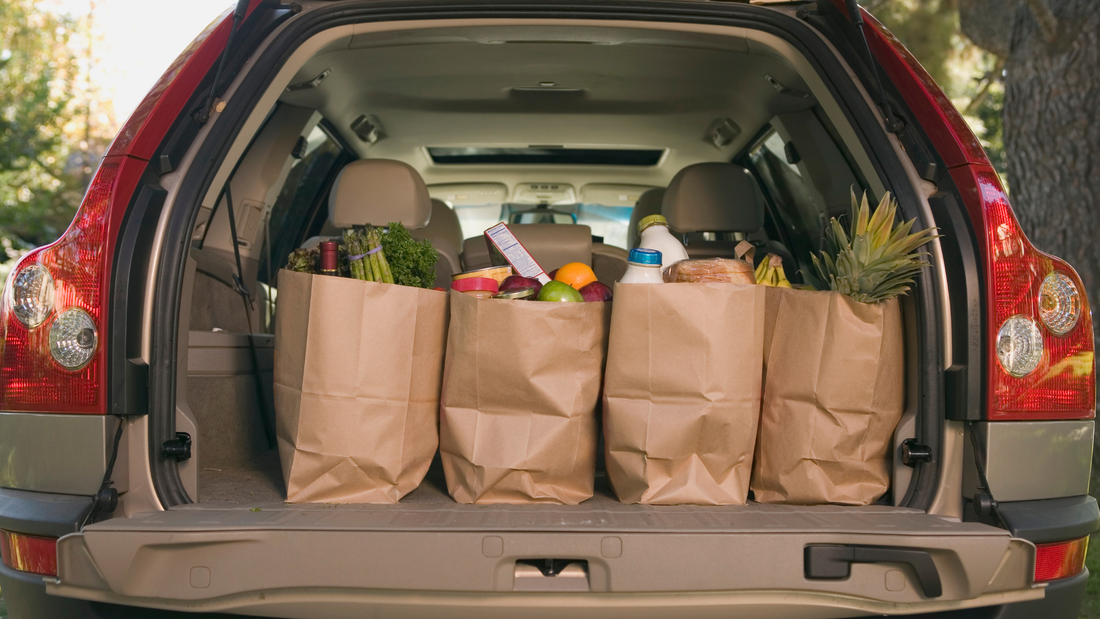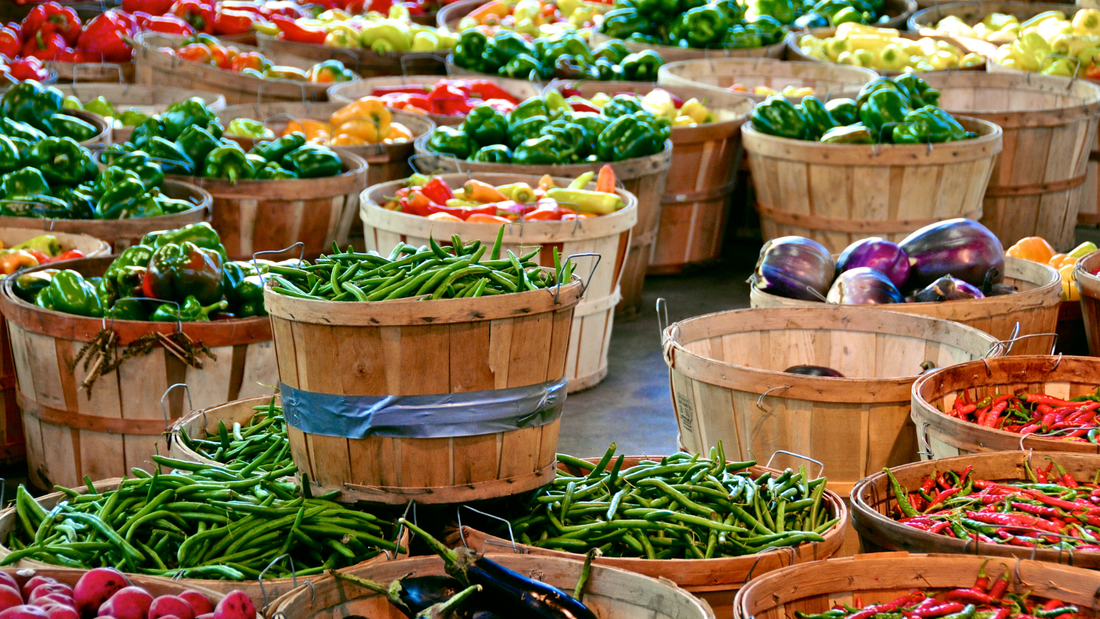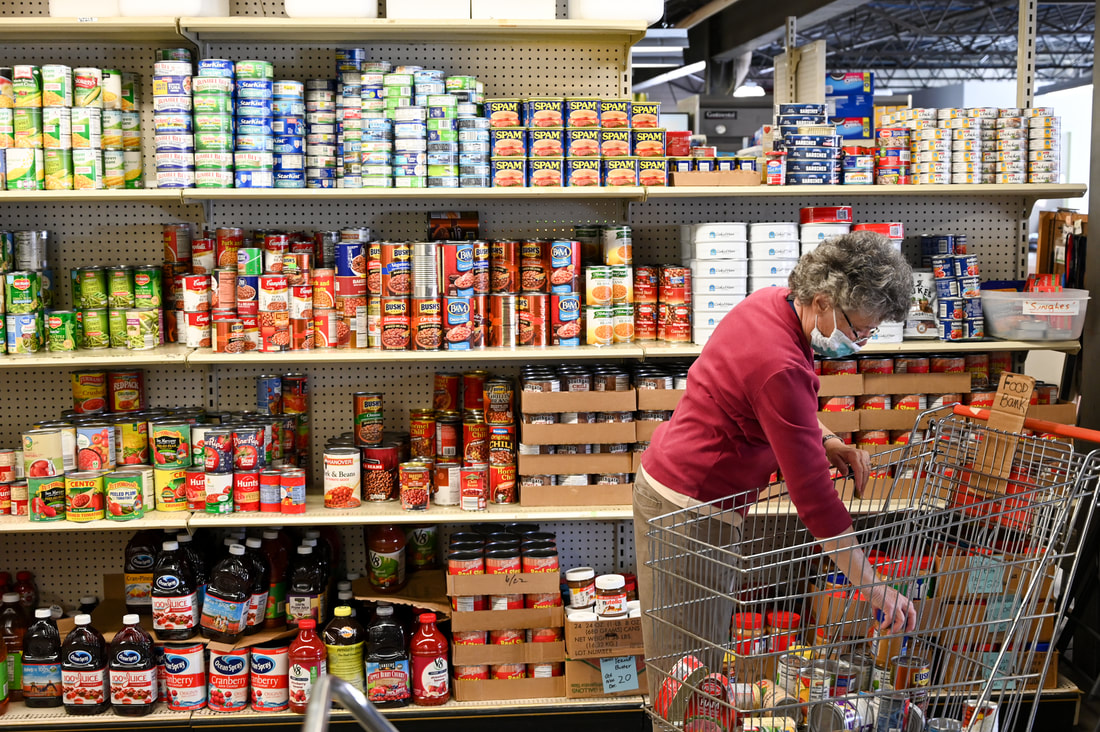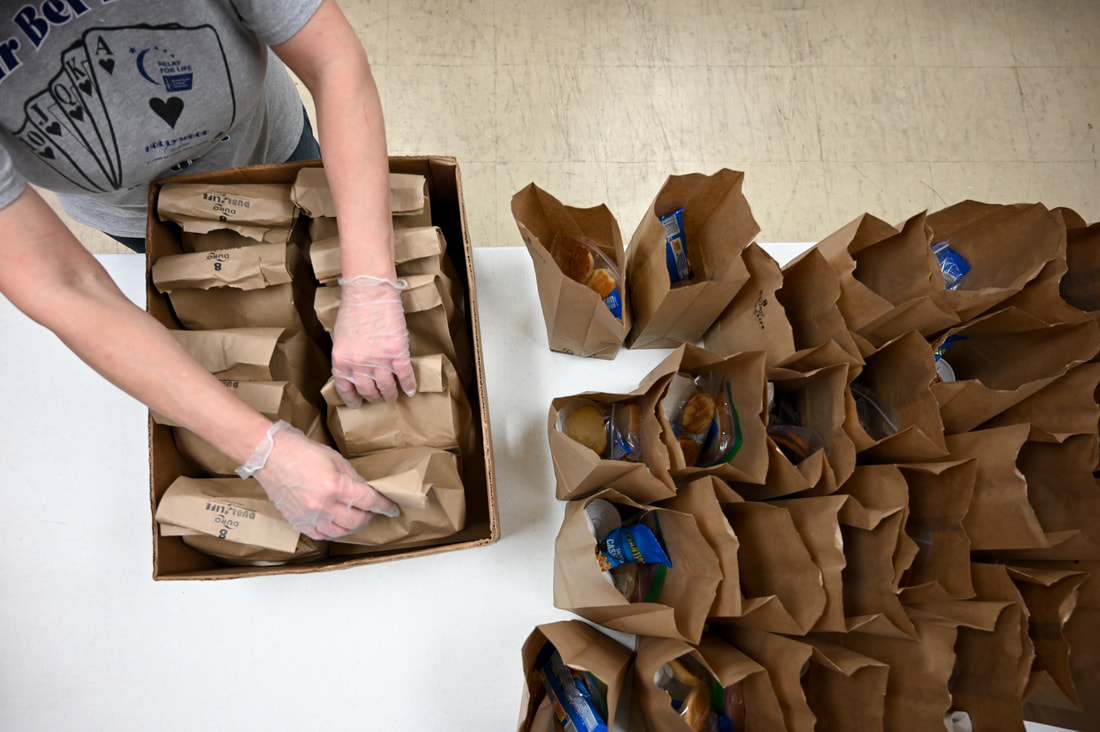|
One year ago, the COVID-19 crisis began and abruptly changed our lives. The pandemic caused many urgent issues ranging from the virus itself and health care to unemployment and schooling. With millions of people out of work, many people also found themselves in need of food assistance – some for the first time in their lives. Prior to the pandemic, food insecurity reached its lowest point in 20 years. But improvements were upended in 2020. In 2019, an estimated 35 million people (1 in 9 people) experienced food insecurity. Feeding America estimates 45 million people (1 in 7 people) in the United States experienced food insecurity in 2020. Related 'It's not easy': Woman raising 3 grandchildren relies on LCCM's noon meal program Projections for 2021 are just as high as 2020 and experts say it will likely take time for food insecurity levels to recover. Here are some things you should about food insecurity in Lebanon County and beyond. What is food insecurity?The United States Department of Agriculture defines food insecurity as the lack of access, at times, to enough food for an active, healthy life for all household members, and limited or uncertain availability of nutritionally adequate foods. Feeding America adds that food-insecure households are not necessarily food insecure all the time, and that food insecurity may reflect a household’s need to make trade-offs between important basic needs, such as housing or medical bills, and purchasing nutritionally adequate foods. Food insecurity is different than hunger. Hunger is defined by the USDA as an individual-level physiological condition that may result from food insecurity. What does food insecurity look like in Lebanon County?Before the COVID-19 crisis began, food insecurity in the US was the lowest it had been in more than 20 years, and yet 35.2 million people, including 10.7 million children, were food insecure. Prior to COVID-19, the food insecurity rate in Lebanon County was 9.1 percent – that’s about 12,480 food-insecure individuals, according to Feeding America. The current crisis is likely to have reversed improvements that occurred over the past decade as more households are experiencing food insecurity issues. Nationally, more than 50 million people, including 17 million children may have experienced food insecurity because of COVID-19. In Lebanon County, Feeding America projects the food insecurity rate at 13.1 percent – an increase of 4 percent. That equates to roughly 18,575 individuals What do families do when they cannot access food? Having consistent access to healthy and affordable food is continually or periodically a challenge for many households. According to the United Way ALICE report, households tend to use three common strategies to cope when they can’t afford food: 1. Cut back on food spending Almost 80 percent of food-insecure families reported purchasing inexpensive, unhealthy food; more than half ate food that was past its expiration date; half purchased food in dented or damaged packages; and 40 percent watered down their food or drinks, according to a United Way ALICE report survey. The consequences of cutting back on spending can lead to poorer health, increased health care spending and limits access to healthy foods. 2. Seek food assistance The first line of defense against food insecurity are federal government food programs followed by food banks and other charitable organizations. More than 1.8 million Pennsylvanians – including 695,405 children - utilize the Supplemental Nutrition Assistance Program, according to the Pennsylvania Department of Human Services. In Lebanon County, there are more than 16,000 recipients of this program, according to 2018 US Census data. While federal programs have proven to be effective at reducing food insecurity and poverty, a vast majority of SNAP benefits run out by the end of the second or third week of every month, leaving households without enough food. This is often when people turn to food banks. Feeding America reports that more than half of their clients (55 percent) were also receiving SNAP benefits. 3.Put aside other needs Sometimes households must make hard choices about what they will pay for each month. As food costs rise, other needs are compromised, including doctor visits and medicine, child care, health, utilities or housing, according to the United Way ALICE report. Other consequences include having less stable housing and less money for savings. How does food insecurity affect adults?When households do not have enough money for food, may buy less food, or less healthy food. The consequences for adults can lead to poor health. Numerous studies have shown that food insecurity in adults is associated with low energy and poor nutrition, as well as specific adverse health outcomes such as coronary heart disease, cancer, stroke, diabetes, hypertension, and osteoporosis, according to the United Way ALICE report. How does food insecurity affect children?Food insecurity can stunt children’s development, affecting their learning and social interaction. They may be at greater risk of anemia and asthma, oral health problems, hospitalization, mental disorders and lower nutrient intakes. At school, children are at increased risk of falling behind their food-secure peers both academically and socially, and may affect grades, non-cognitive skills and lead to behavioral problems. What are the future trends of food insecurity?The United Way ALICE report points to four trends: 1. More young adults are using food pantries. Food pantries have been growing significantly as a resource for people under the age of 25. College students are particularly vulnerable. In response, the number of university-affiliated food pantries rose form four in 2008 to 121 in 2014, and expansion continues across the country. 2. The number of food-insecure seniors (65 and over) is also increasing Due to financial hardship and the aging population, the number of food-insecure seniors more than doubled from 2001 to 2016, to 4.9 million. If this trend continue at the current rate, as it is expected to, there will be more than 8 million food-insecure seniors by 2050. The consequences can be more dire for seniors than for young adults. Seniors can experience chronic health conditions such as depression, asthma, chest pain, limitations in activity and high blood pressure. 3. Public benefits will not be sufficient to eliminate the need for emergency assistance. With changes in the economy, many low-wage workers – even those with public assistance benefits – are now forced to use food pantries on a regular basis. Six months of SNAP benefit use was associated with a 35 percent reduction in emergency food pantry use; however, 13 percent of SNAP recipients still use pantries six months after starting benefits, and more than half - 59 percent of persistent users – those who have relied on food pantries for more than two years – also participated in SNAP. 4.Add to feelings of exclusion. Those experiencing food insecurity may feel excluded and powerless.
7 Comments
Golu
7/26/2023 12:00:27 am
Your blog post was a comprehensive and well-structured resource on the subject. I appreciated the way you organized the information and provided clear explanations. To learn more, <a href="https://www.digistore24.com/redir/443631/GOLUSAH/" target="_blank">click here</a>.
Reply
Robert
9/8/2023 03:54:57 am
This weight loss product is a true miracle worker. It helped me shed an incredible 55kg, going from 130kg to 75kg. Say goodbye to excess weight and hello to a healthier you! <a href="https://www.digistore24.com/redir/471395/AnkurDigistor020501/" target="_blank">click here</a> to begin.
Reply
Dan thapa
10/11/2023 12:38:15 am
Great work on your blog post! It was evident that you have a deep understanding of the topic, and I appreciated the practical tips you provided. To explore this topic further, <a href="https://www.digistore24.com/redir/396195/Danthapa99/" target="_blank">click here</a>.
Reply
zeeshan
11/27/2023 11:51:50 pm
Your post emphasizes the importance of food and health.For more details,<a href="https://www.toprevenuegate.com/tys9gvkdym?key=08f88d80fd9e38ff674a1c4f41a61a68" target="_blank">Click here</a>.
Reply
James
2/11/2024 12:01:54 am
Indulge in the abundance of plant-based goodness with our "300 Vegan/Plant-Based Recipe Cook Book" digital ebook.
Reply
Adam
5/13/2024 06:12:09 am
Great job on your blog post! The content was well-crafted and supported by credible sources. I found the logical flow of ideas and the way you addressed potential challenges to be helpful. To explore further, <a href="https://www.digistore24.com/redir/517805/Vishukumar048/" target="_blank">click here</a>.
Reply
AK
7/6/2024 01:27:48 pm
Your blog post was like a roadmap to success in this subject. The guidance and tips you provided were actionable and backed by your own experiences. To gain a deeper understanding, <a href="https://f8044yvehtkw6w8bv-qqrb8w00.hop.clickbank.net" target="_blank">click here</a>.
Reply
Leave a Reply. |
Lebanon County Christian MinistriesArchives
July 2024
Categories |
Call Us:
Email Us:







 RSS Feed
RSS Feed